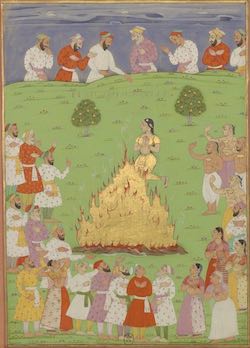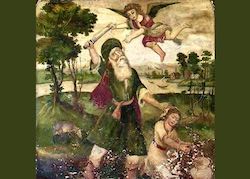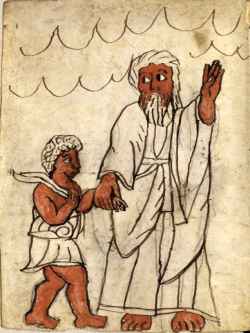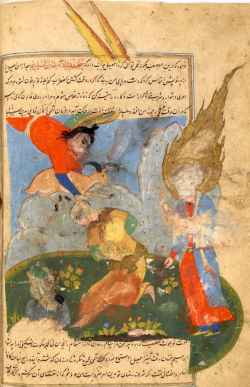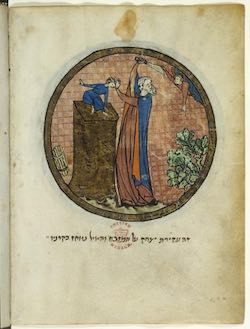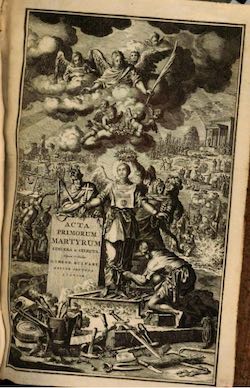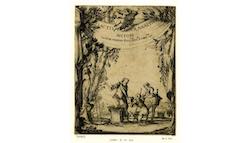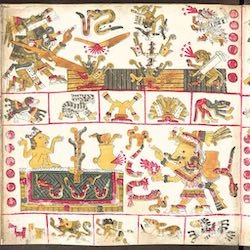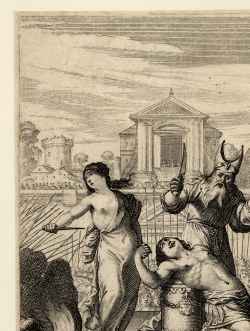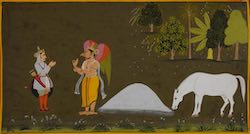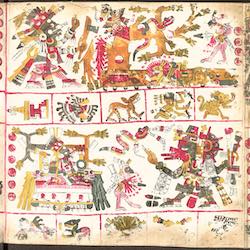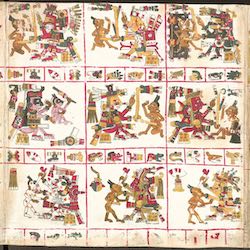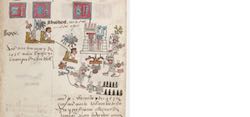Topic: 2. Sacrifice and religion: Comparisons, Antiquarians, Anthropology (16th-18th Century)
Religious sacrifices across various cultures and contexts sparked widespread interest in Early Modern Europe. As Christianity expanded into regions inhabited by "infidels" and "pagans", Europeans encountered a diverse array of sacrificial customs, ranging from the Sati rituals in India to the Aztec sacrifices in the Americas. This cross-cultural exposure captivated a wide audience, including theologians, philosophers, political thinkers, antiquarians, orientalists, missionaries, poets, artists, and even the general public. These encounters broadened the European understanding of sacrifice and led to a critical reassessment of classical and biblical sacrificial rites. This section includes:
- Sources: A selection of early modern printed materials, which include descriptions of the Americas, Asia, and Africa, alongside antiquarian and philological studies on religious sacrifice in classical antiquity and beyond. It also presents early modern works of ethnological observations and the first attempts to compare different sacrificial practices in various traditions and contexts, laying the groundwork for disciplines like the history of religions and anthropology.
- Iconographic Representations: A rich collection of images from the 16th to 18th centuries, illustrating a range of sacrificial rituals and practices as seen in different cultural and geographical contexts.
- Related Bibliography: An extensive bibliography spanning scholarly works from the 19th to 21st centuries, providing contemporary analyses and interpretations of these early studies and observations.
A scene of Sati ritual Souryabha. Femme duchadja Jasingha se brulant. On represente icy la maniere en laquelle se brusla une femme de Radja Jasing appellée en la langue Indienne - Souryabha, qui veut dire lumiere du soleil, elle se brusla sans faire paroistre acucune crainte du feu ni de la mort. (1678-1686)
from: Nicolo Manucci, Histoire de l'Inde depuis Tamerlank jusquà Orangzeb [ms Libro Rosso, fol. 50v]
Bibliothèque nationale de France, Paris
A scene with fakirs and ritualistic animal sacrificeFaquires Bequedes Mahometans (1678-1686)
from: Nicolo Manucci, Histoire de l'Inde depuis Tamerlank jusquà Orangzeb [ms Libro Rosso, fol. 50v]
Bibliothèque nationale de France, Paris
A Symbolf of the Sacrifices to an Aztec God (demon) [1526 - 1550]
from: Codex Magliabecchiano, c. 12r
Biblioteca Nazionale di Firenze, Florence
Abraham and the Binding of Ishmael (17th Century)
Haft Tanan (Seven Tombs) Mausoleum, Shiraz
Abraham leading Isaac to the sacrifice (Ethiopian manuscript) [1800-1890]
Paris, BnF, Ms Ethiopien 389, fol. 9v
Abraham sacrificing his Son Ishmael and Abraham cast into Fire by Nimrod (1583)
from: ms. Zubdat-al Tawarikh
Museum of Turkish and Islamic Arts, Istambul
Abraham's Sacrifice (1600?-1650?)
from: Mîr Hwând, Rawzat al-safâ (Le lieu de repos des Purs) [Suppl. Persan 1567, fol. 50v]
BNF
Abraham's sacrifice. This is the sacrifice of Isaac on the altar and the ram caught by its horns (ca 1278-98)
from: North French Hebrew Miscellany [ Add. MS 11639 fol. 521v]
British Library, London
Acta primorum martyrum sincera et selecta [frontispice] (1689)
from: Ruinart, T. Acta primorum martyrum sincera et selecta ex libris cum editis, tum manu scriptis collecta, eruta vel emendata, notisque & observationibus illustrata. Opera et studio domini Theoderici Ruinart [...] His praemittitur praefatio generalis, in qua refellitur dissertatio 11. Cyprianica Henrici Dodwelli de paucitate martyrum, Amsterdam, Officina Wetsteniana, 1713 [Frontispice]
Aesculapius and Two Figures making Sacrifice to Nature (1634)
from: Nardi, G. Lactis physica analysis, n. p., n. p., 1634
The Collection of Prints and Drawings, British Museum, London
An Aztec God in front a Table with Human Body [1476 - 1500]
from: Codex Borgia
Biblioteca Apostolica Vaticana, Vatican
An illustration from the Ramayana. Rāma and Lakṣmaṇa protect the rishis' sacrificial fire from the rakṣasas (demons) (1800-1805)
from: This is from a series of eighty-four paintings on European paper and was once stored in a folder labelled: 'Ramayana Subjects, Deccani School: 1800-1805 (on European paper)'.
British Museum, London
An Indian Woman Burning (1780)
from: Moore, Voyages and Travels, 1780
London, Wellcome Collection
An old priest holding a sacrificial knife (1639)
from: illustration to Desmarets' 'L'Ariane' (Paris: Mathieu Guillemot, 1639)
British Museum, London
Anshuman finds the horse and the ashes of his sixty thousand uncles. In great distress, he looks for water with which to sprinkle the ashes. His maternal uncle Garuda advises him to return with the horse in order to complete the sacrifice. He also says that the pure water of the river Ganges should be sprinkled on the ashes of his uncles in order for them to attain heaven (1712)
from: Ramayana, Bala Kanda, Ms Add. 15295, fol. 117
British Library, London [from Udaipur]
ASlave Sacrified in front of his Dead Owner [1526 - 1550]
from: Codex Magliabecchiano, c. 66r
Biblioteca Nazionale di Firenze, Florence
Aztec Gods on a Pyramid afther a Sacrifice [1526 - 1550]
from: Codex Magliabecchiano, c. 91r
Biblioteca Nazionale di Firenze, Florence
Aztec Pyramid with Human Blood on the Steps [1562]
from: Codex Telleriano - Remensis
Bibliotèque Nationale de France, Paris

